Choose PANKA Fans for an energy efficient future. Our professional team is always at your service to provide customized solutions to help your project succeed. We look forward to working with you!

Pengke Mechanical & Electrical Equipment (Shanghai) Co., Ltd, a professional fan supplier, provides customers with energy efficient air system solutions with excellent quality and innovative technology. We look forward to working with you to create a better future!
Subscribe to us for the latest news!
© Copyright 2025 - Pangke Mechanical & Electrical Equipment (Shanghai) Co.